1. The Mystery of the Georgia Guidestones
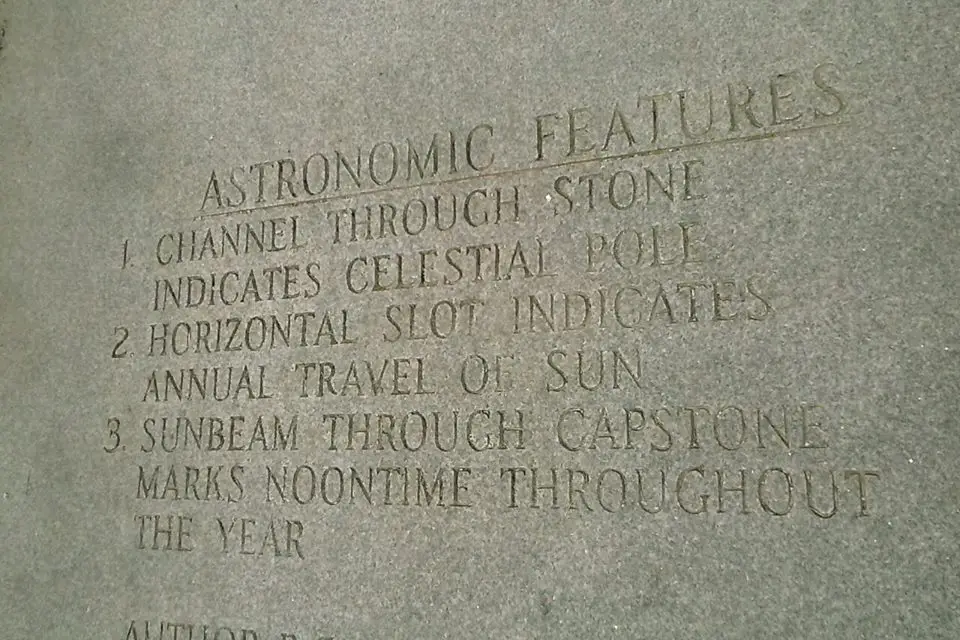
The Georgia Guidestones are often referred to as America’s Stonehenge, but the truth behind these monumental stones remains shrouded in mystery. Erected in 1980, the stones feature ten guidelines inscribed in multiple languages, with instructions that range from maintaining humanity’s population at 500 million to living in harmony with nature. Some view these inscriptions as a beacon for future generations, while others believe the stones serve a more cryptic, ominous purpose. Despite their grandeur and international attention, no one knows for sure who funded the stones or why they were placed in Georgia in the first place.
The Guidestones sparked conspiracy theories, with some speculating they were intended to serve as a guide for a new world order. Others wonder if the stones were simply a quirky public art piece designed to provoke thought about the future of humanity. Whatever the true intent, the ambiguity surrounding their purpose only adds to their allure, drawing tourists from around the world eager to decipher their meaning.
2. The National Mammoth Site in Hot Springs, South Dakota
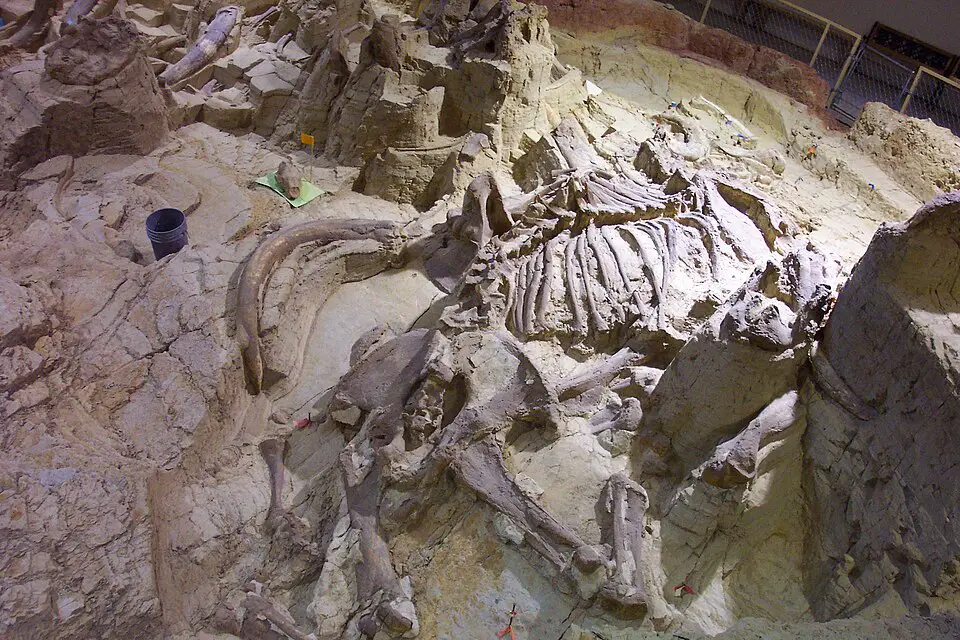
You wouldn’t expect a site dedicated to mammoths to spark confusion, but the National Mammoth Site does just that. Discovered in the 1970s, the site is home to one of the largest concentrations of prehistoric mammoth remains in the world. However, what’s perplexing is the lack of clear explanation for why so many mammoths ended up in the same place. Some scientists suggest they became trapped in the sinkhole-like area, while others speculate that it was a mass hunting site. The mystery of why so many animals ended up in one place has led to theories ranging from natural disasters to human involvement.
Today, the site serves as a museum and active dig site, but the mystery of the mammoths’ final resting place keeps visitors speculating. While it’s an essential stop for anyone interested in paleontology, the unanswered questions surrounding the site’s history make it as much an enigma as a scientific marvel. Tourists are left wondering if we’ll ever uncover the full story of these ancient creatures and their sudden demise.
3. The Winchester Mystery House in San Jose, California
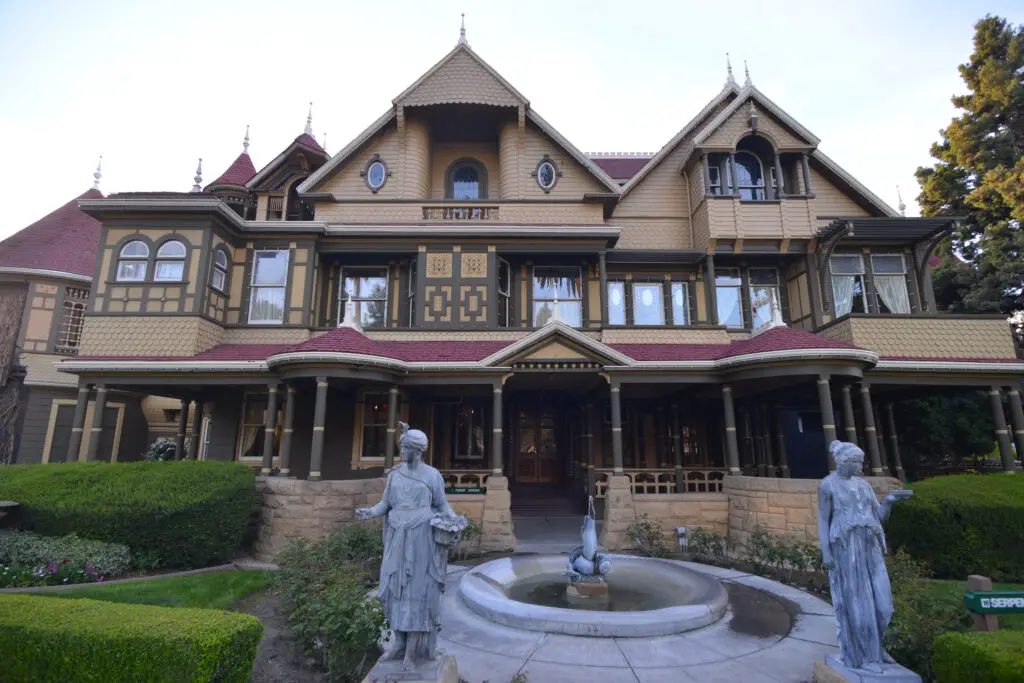
The Winchester Mystery House stands out as one of the most peculiar tourist attractions in the U.S. Its maze-like design, filled with stairways that lead to nowhere and doors that open into walls, has puzzled visitors and historians alike. The mansion was continuously expanded for 38 years by Sarah Winchester, the widow of the inventor of the famous rifle. Legend has it that she believed she was haunted by the spirits of those killed by her husband’s invention, and that the house needed to be built to appease them.
Though it seems like a straightforward case of eccentricity, no one can fully agree on why Winchester’s construction choices were so bizarre. Some argue she was driven by grief and superstition, while others believe it was just a personal obsession with building. The mansion’s unusual features continue to draw tourists, with some visiting to experience the strange architecture, while others are still trying to understand why it was designed in such a way.
4. The Bermuda Triangle

While not a traditional tourist attraction, the Bermuda Triangle certainly captures the imagination of adventurers and mystery seekers alike. Spanning from Miami to Bermuda to Puerto Rico, this area of the Atlantic Ocean is infamous for unexplained disappearances of ships and planes. The mystery of why so many vessels have vanished remains unsolved, with theories ranging from magnetic anomalies to extraterrestrial interference.
Despite all the speculation, the Bermuda Triangle remains a popular tourist destination, with visitors traveling to the area in hopes of witnessing the mystery firsthand. The strange stories surrounding the region only add to its allure, making it a prime spot for those interested in paranormal phenomena. However, despite its fame, no one truly knows why this seemingly ordinary stretch of ocean is associated with so much unexplained activity.
5. The Great Pyramids of Egypt

The Great Pyramids of Giza are one of the seven wonders of the ancient world, but their construction continues to be a topic of debate among archaeologists and historians. Built over 4,500 years ago, the pyramids are thought to have been constructed as tombs for Egypt’s pharaohs. Yet, questions remain about how such massive structures were built with the technology available at the time. Some believe that ramps were used to transport the enormous stones, while others argue the construction process was far more sophisticated than we realize.
The mysteries surrounding the pyramids have led to countless theories, some more outlandish than others, with speculations ranging from alien involvement to secret rituals. Despite the many questions that remain unanswered, the pyramids continue to draw tourists eager to witness these architectural marvels. Their sheer size and the mystery behind their creation keep visitors pondering their purpose long after they’ve left the site.
6. The Tower of Pisa
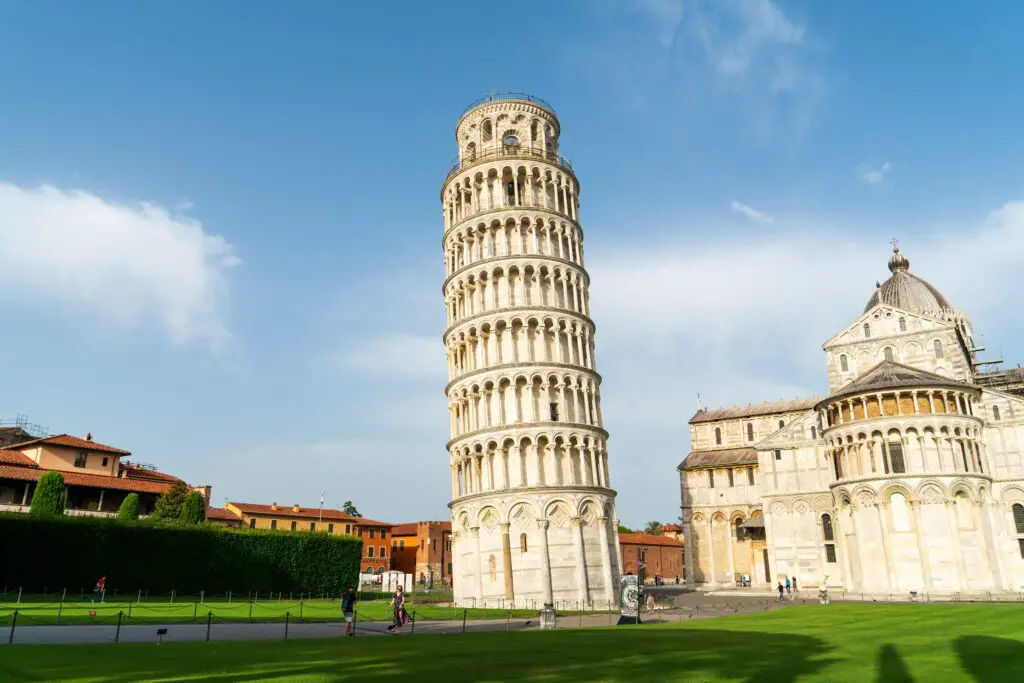
The Leaning Tower of Pisa is one of the world’s most iconic landmarks, but its purpose and the reason for its famous tilt are not entirely clear. The tower was originally built as a freestanding bell tower for the cathedral in Pisa, Italy. However, it began leaning almost immediately due to unstable foundation soil. Construction was halted multiple times over the years to prevent the tower from collapsing, and its tilt became a defining characteristic rather than a flaw.
Though the tilt was an unintended consequence, the Tower of Pisa became one of the most famous architectural oddities in the world. Tourists flock to the site to see the leaning tower and take quirky photographs, but few visitors realize the tower’s troubled history. The constant struggle to prevent its collapse has only added to the tower’s mystique, leaving people to wonder if the tilt was somehow fated to become part of its charm.
7. Easter Island’s Moai Statues
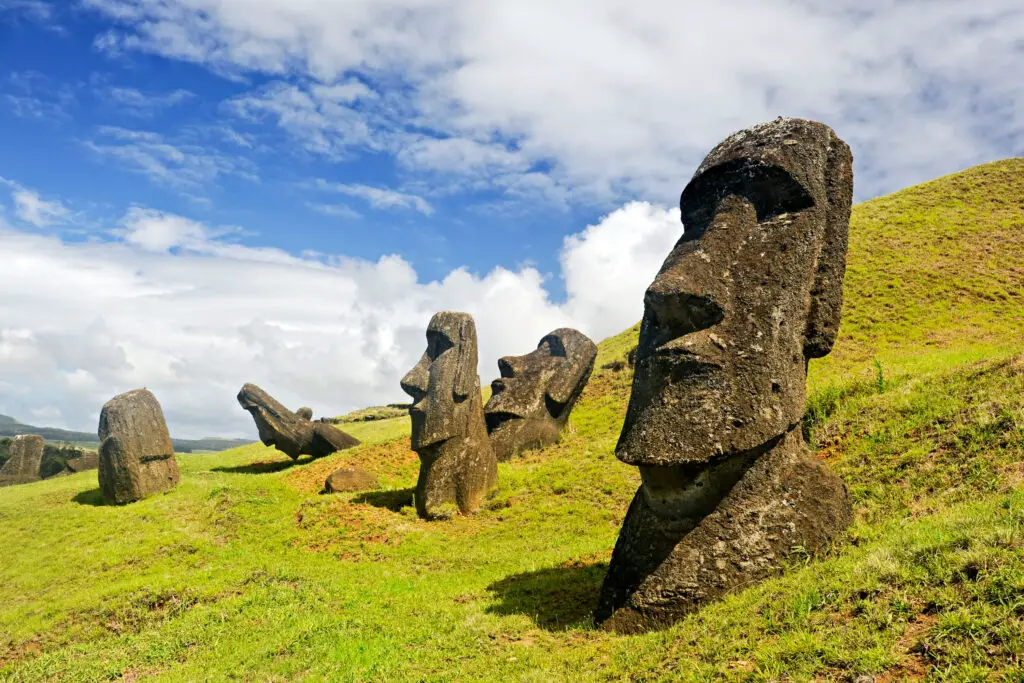
The Moai statues of Easter Island are one of the most famous archaeological wonders of the world, but the mystery of who created them and why has yet to be fully solved. The massive stone statues, which can weigh as much as 80 tons, were carved by the Rapa Nui people between the 13th and 16th centuries. While it’s widely accepted that they were built to honor ancestors, there are still many unanswered questions about how they were transported across the island.
Some theories suggest that the statues were moved using a sophisticated system of ropes and coordination, while others propose more supernatural explanations, such as the use of levitation. The purpose of the statues remains equally elusive, with some believing they were meant to represent deities or rulers, while others argue they were symbols of social power. The enigma surrounding the Moai statues only adds to their appeal, with tourists traveling to Easter Island in hopes of unlocking their long-held secrets.
8. The Stone Forest in China
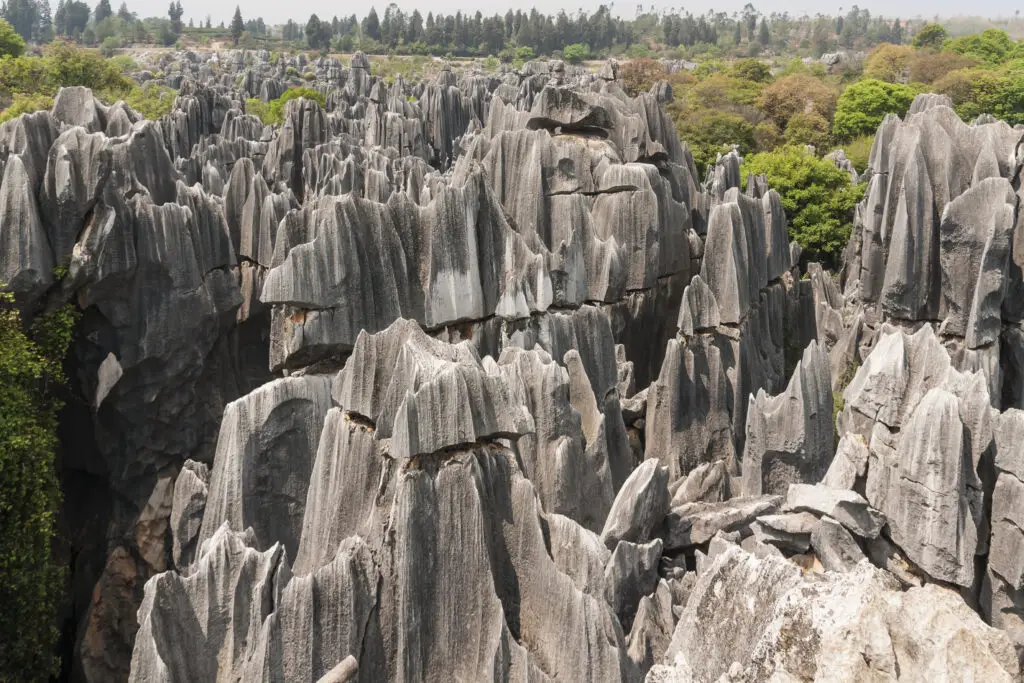
The Stone Forest in Shilin, China, is another natural wonder that raises more questions than it answers. This UNESCO World Heritage site is known for its towering limestone formations that resemble petrified trees, creating a stunning “forest” of stone. While it’s believed that these formations were created by erosion over millions of years, there is little consensus on the exact geological processes that led to their unique shapes.
What adds to the mystery is the range of myths and folklore surrounding the site, with some local legends suggesting the stone forest was once an actual forest that was turned to stone by a curse or magical forces. Visitors come from around the world to explore this otherworldly landscape, with some hoping to catch a glimpse of the elusive “petrified trees” of legend. Whether it’s the natural beauty or the mysticism surrounding it, the Stone Forest remains a fascinating and perplexing destination.
